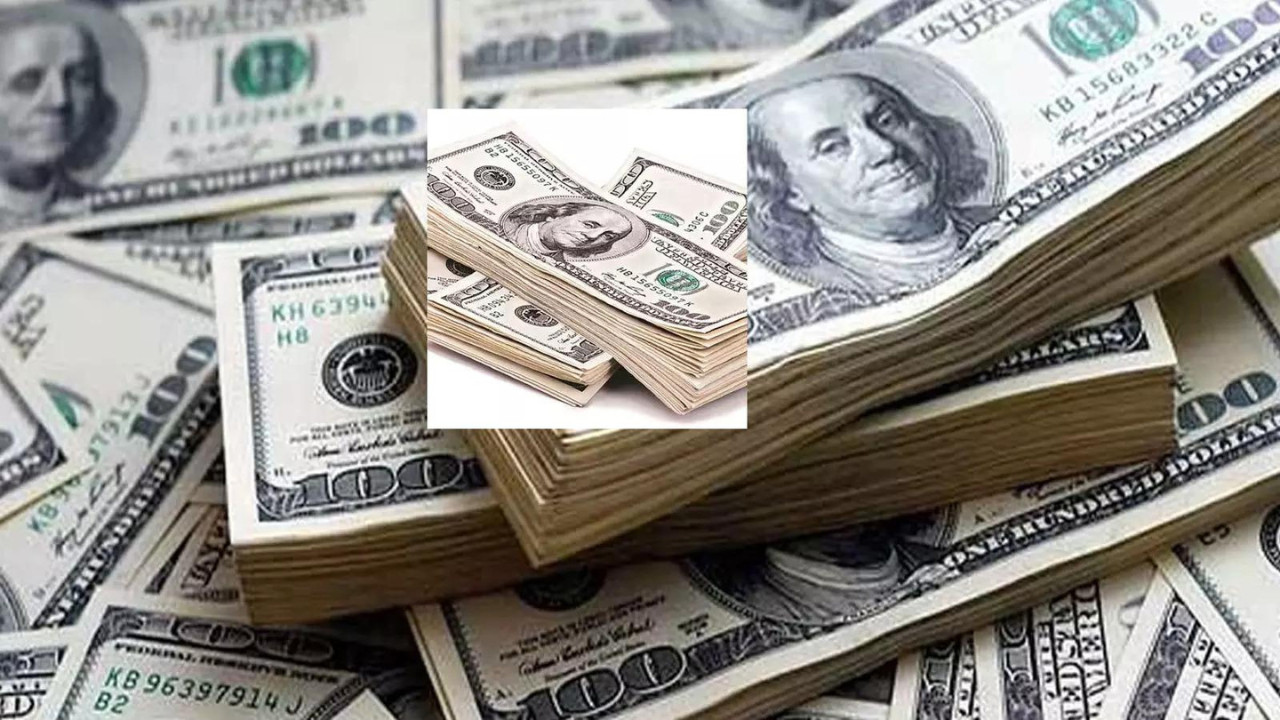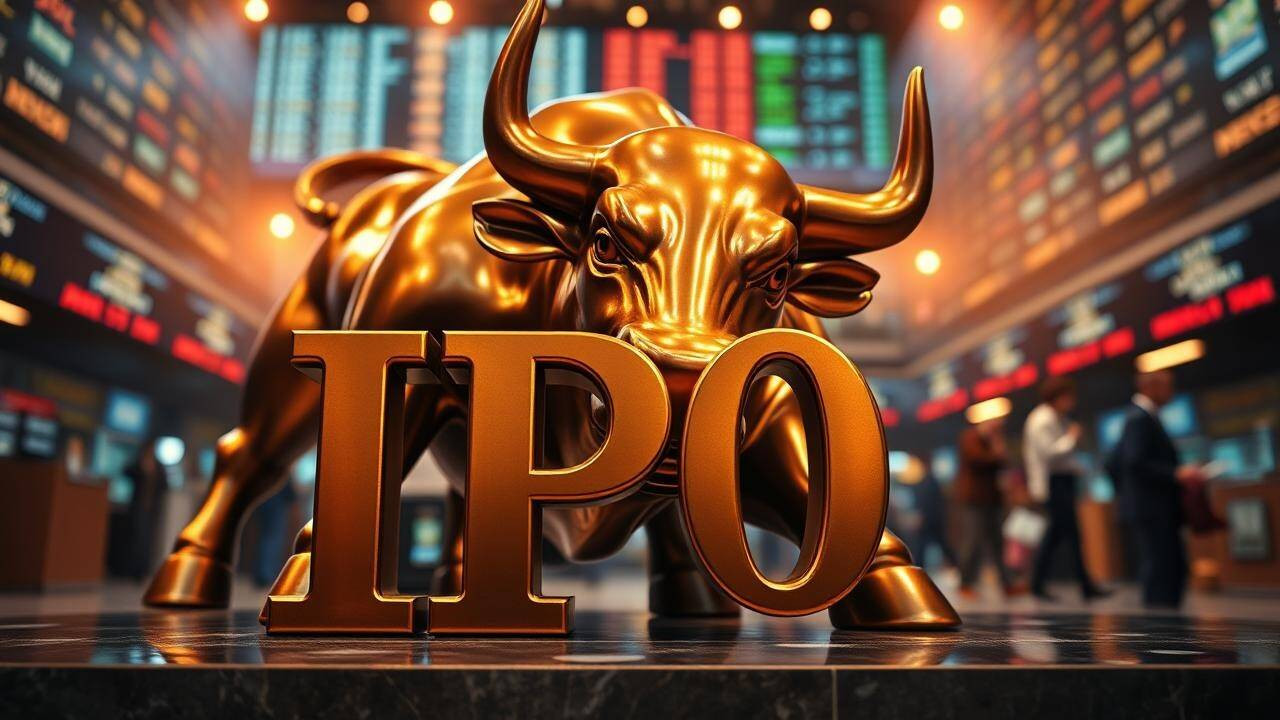India’s foreign exchange reserves experienced a significant increase of $4.84 billion, reaching $702.78 billion for the week ending June 27, according to RBI data. This surge brings the reserves closer to the record peak observed in late September 2024. While gold reserves saw a decrease, the country’s SDRs and reserve position with the IMF both improved during the reporting week.
India’s Forex Reserves: A Treasure Chest Overflowing
India’s foreign exchange reserves, often referred to as forex reserves, have surged again, painting a picture of economic resilience and stability. The latest figures reveal a jump of $4.84 billion, pushing the overall kitty to a substantial $702.78 billion. This healthy increase brings the nation tantalizingly close to its all-time high, a milestone that reflects a robust and dynamic economy. But what does this mean for the average person, and why should we care about a nation’s forex reserves? Let’s dive in.
What are Foreign Exchange Reserves, Anyway?
Think of forex reserves as a nation’s emergency fund. They are assets held by the central bank, in this case, the Reserve Bank of India (RBI), in various currencies – primarily US dollars, but also euros, British pounds, and Japanese yen. Gold reserves and Special Drawing Rights (SDRs) with the International Monetary Fund (IMF) also form part of this treasure trove.
These reserves aren’t just sitting idle. They’re deployed strategically to manage the exchange rate, finance international trade, and provide confidence to investors about a country’s ability to meet its external obligations. A strong reserve position acts as a buffer against economic shocks, protecting the economy from volatile global markets.
Decoding the Rise in India’s Forex Reserves
So, what fueled this recent increase? Several factors play a role. Primarily, the RBI intervenes in the foreign exchange market to manage volatility in the rupee. When the rupee strengthens, the RBI might buy dollars to prevent it from appreciating too rapidly, adding to the reserves. Conversely, when the rupee weakens, the RBI can sell dollars to stabilize its value.
Another contributing factor is the return on investments made using these reserves. A portion of the forex reserves is invested in foreign assets, and the income generated from these investments further boosts the overall reserve position. Remittances from Indians working abroad also contribute a steady flow of foreign currency into the country. Export performance, especially in sectors like IT and pharmaceuticals, generates valuable foreign exchange, strengthening the reserve position.
Why These Reserves Matter to You
A healthy level of forex reserves has a ripple effect throughout the economy, ultimately impacting the lives of ordinary citizens. Here’s how:
* Economic Stability: Larger reserves bolster investor confidence, attracting foreign direct investment (FDI). This FDI translates into job creation, infrastructure development, and overall economic growth.
* Rupee Stability: A strong reserve position allows the RBI to manage fluctuations in the rupee’s value. A stable rupee helps control inflation by keeping import costs in check. This prevents sudden price hikes for essential goods, protecting household budgets.
* Import Capacity: Sufficient reserves ensure that India can comfortably pay for its imports, including essential commodities like crude oil. This prevents shortages and ensures a stable supply of goods.
* Crisis Management: Forex reserves act as a financial cushion during times of economic crisis. They provide the government with the resources to implement stimulus measures and support vulnerable sectors of the economy.
* Borrowing Power: A comfortable reserve position enhances India’s creditworthiness in the international market. This allows the country to borrow money at lower interest rates, reducing the cost of financing development projects. Learn more about [India’s economic outlook](internal-link-to-economic-outlook-article).
Approaching the Peak: What Lies Ahead?
India’s forex reserves are now within striking distance of their all-time high. This positive trend reinforces India’s position as a stable and attractive investment destination. As the global economy continues to navigate uncertain waters, India’s strong forex reserves provide a crucial buffer against external shocks.
The RBI will likely continue to manage the exchange rate proactively, balancing the need for rupee stability with the imperatives of export competitiveness. The continued inflow of foreign investment and the steady growth of India’s exports will further contribute to strengthening the reserve position.
This upward trajectory in forex reserves bodes well for the future of the Indian economy. It provides the foundation for sustained growth, resilience against global headwinds, and a brighter future for its citizens. The careful management of these reserves will be crucial in ensuring that India continues on its path of economic progress and stability.








